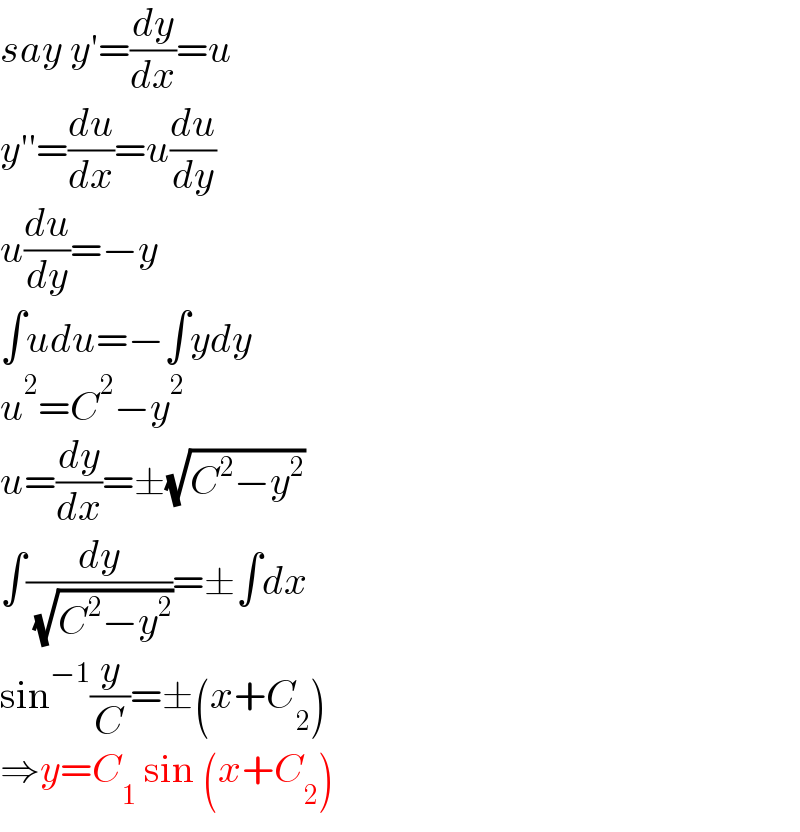
Question and Answers Forum
Previous in Differential Equation Next in Differential Equation
Question Number 157033 by amin96 last updated on 18/Oct/21
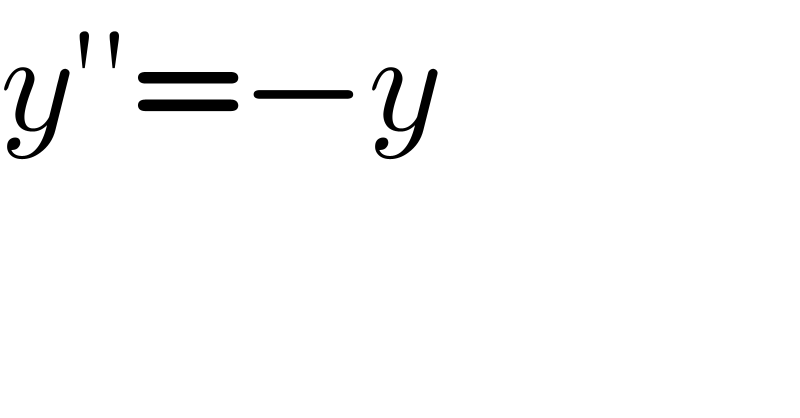
Commented by aliyn last updated on 19/Oct/21
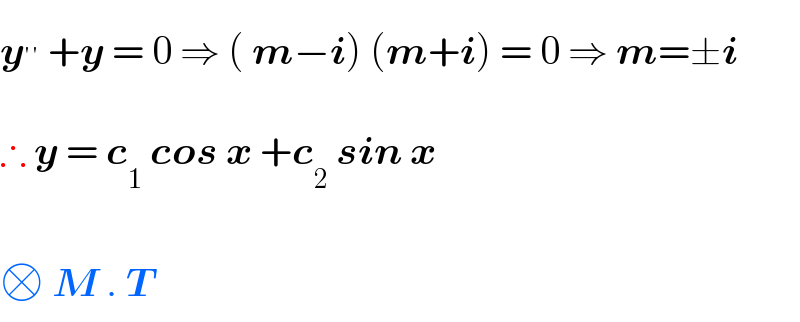
Answered by puissant last updated on 18/Oct/21
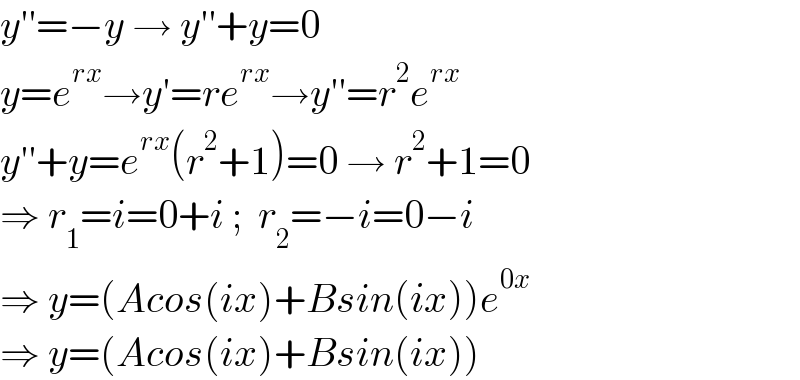
Answered by amin96 last updated on 18/Oct/21
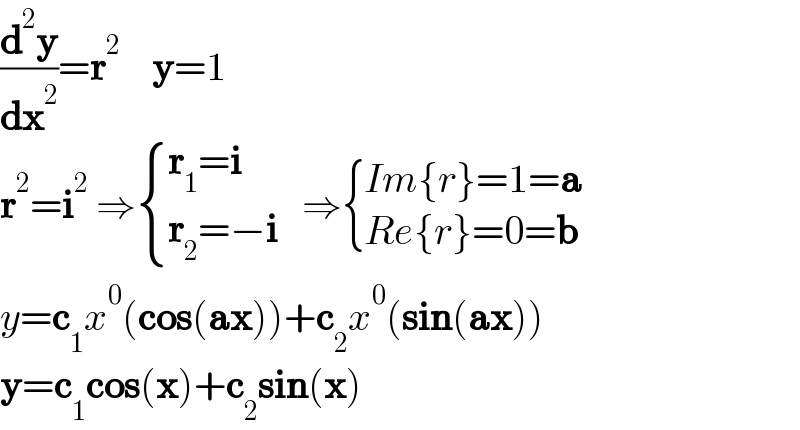
Answered by mr W last updated on 18/Oct/21
